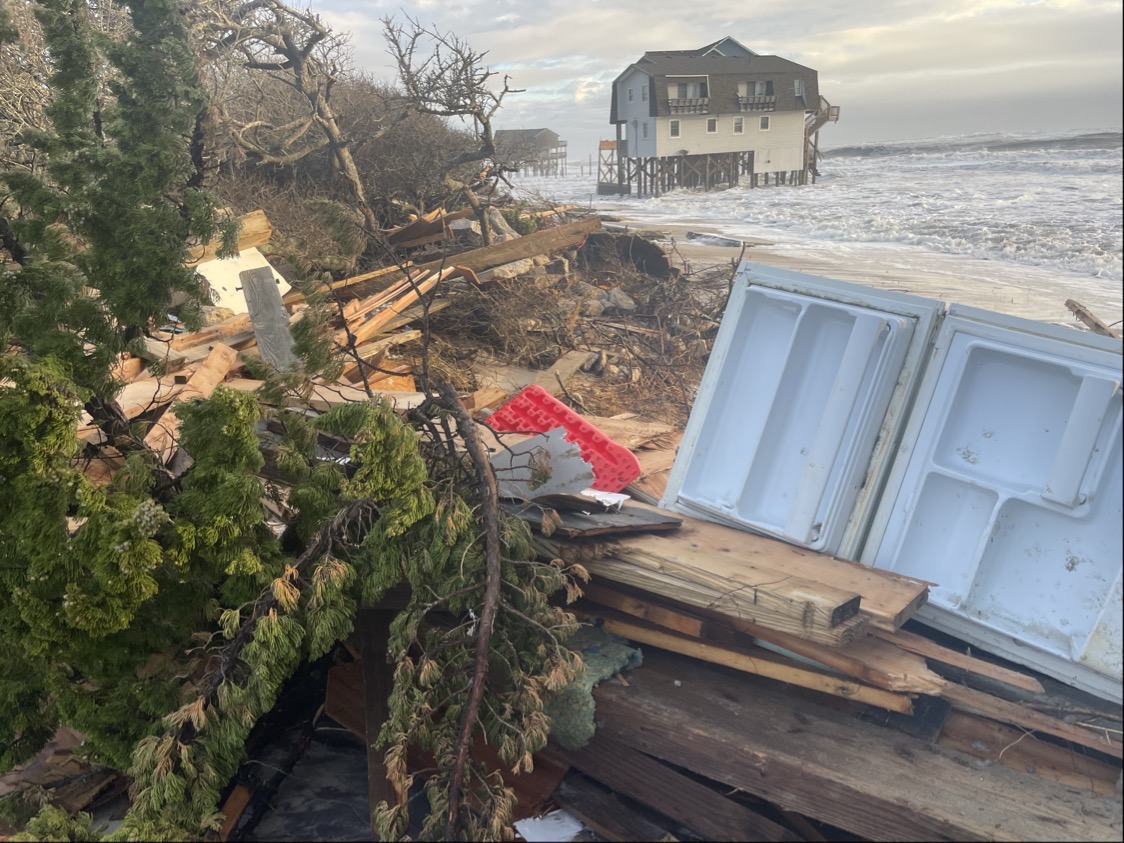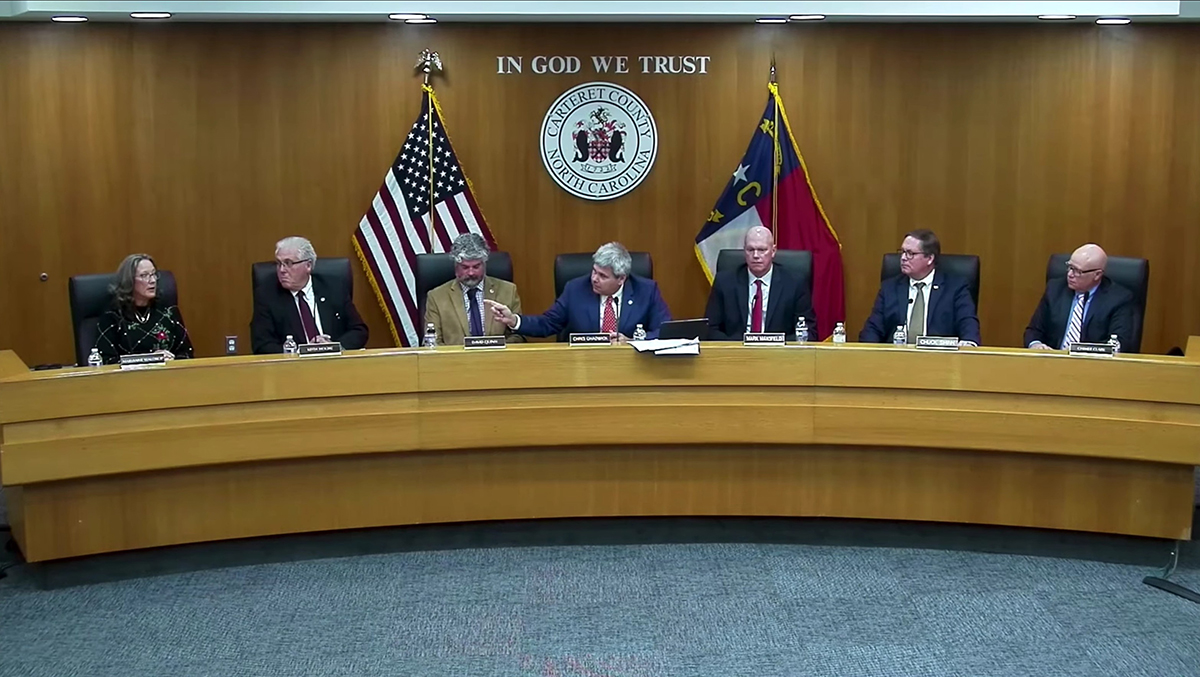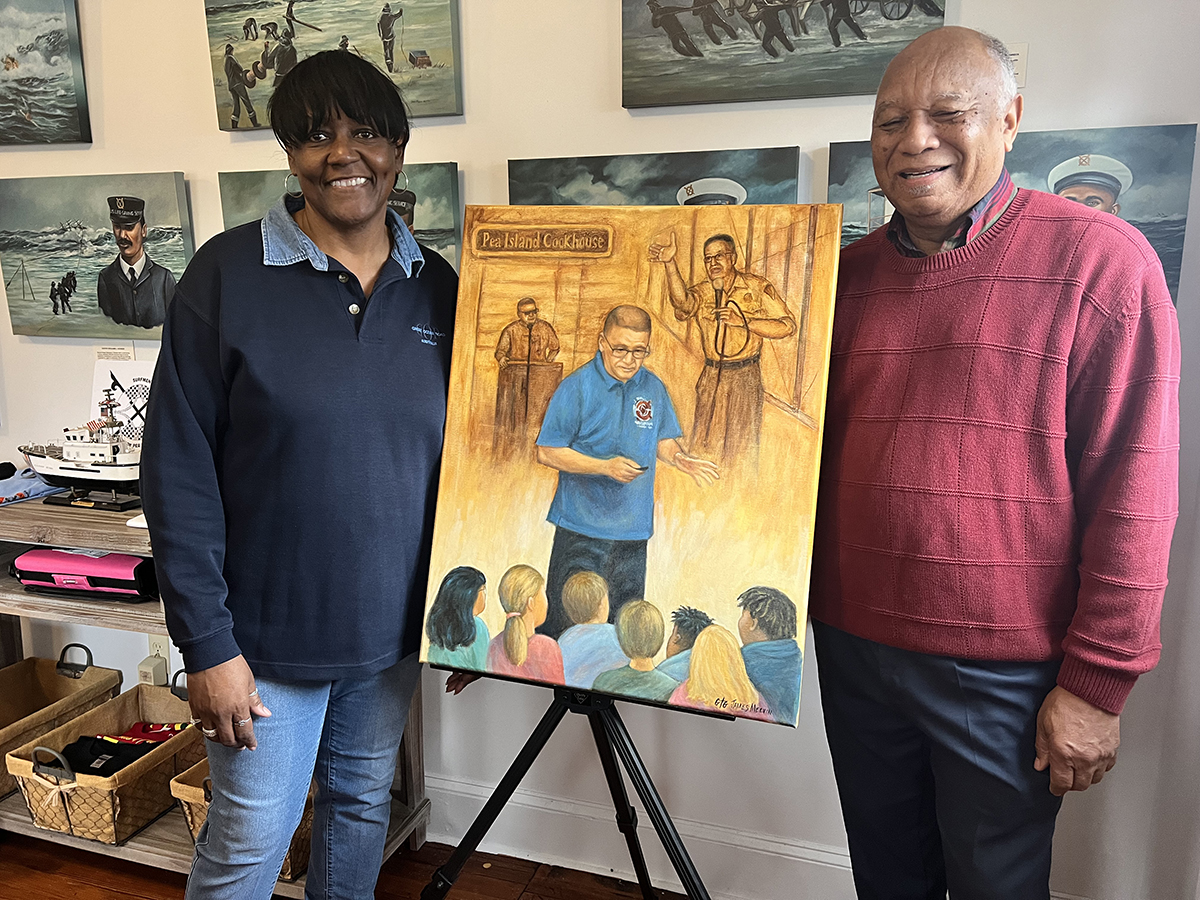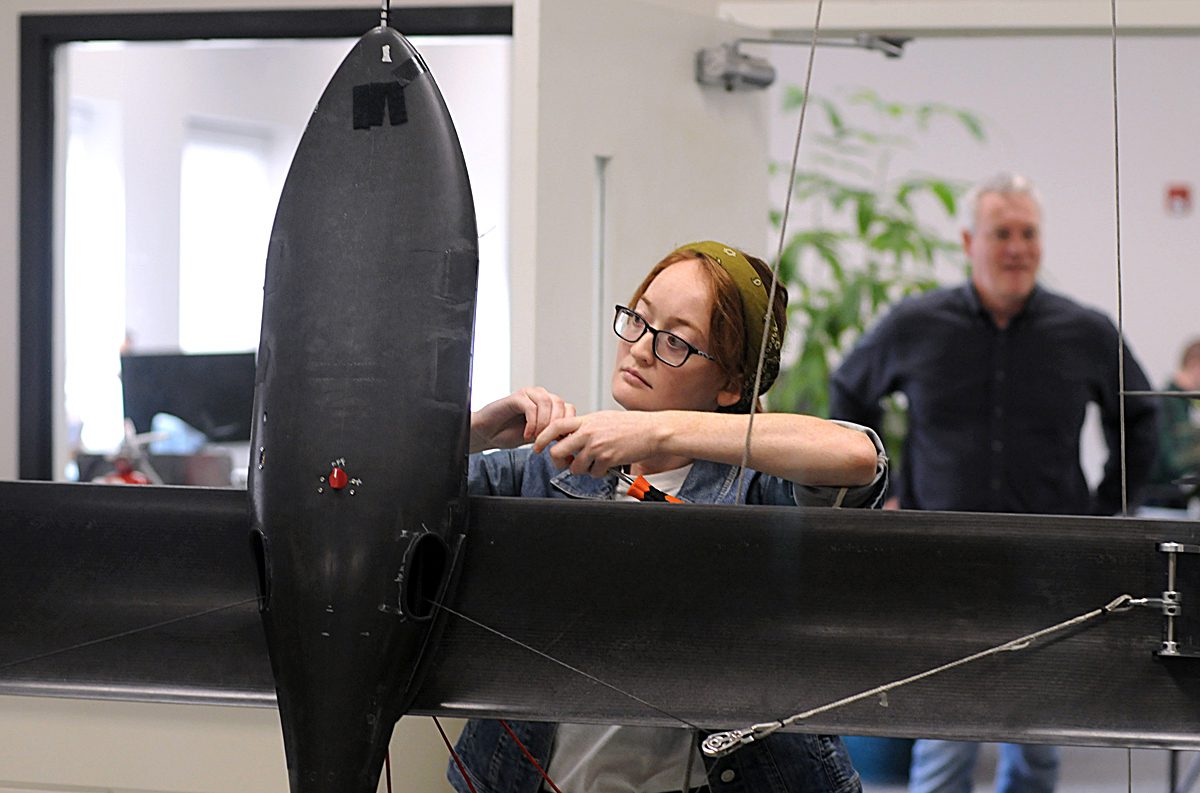
DURHAM — The sparsely furnished entryway would keep secret what’s happening here if a series of aviation-related diagrams hanging on the walls didn’t reveal some small clue.
The back end of what looks like a large model airplane protruding out of a wall really doesn’t give much away.
Supporter Spotlight
Something aviation-related, sure.
But, wind energy? Better still, airborne wind energy that could help the U.S. military reduce its dependency on fuel while operating in remote, undeveloped regions of the world, provide power to disaster-stricken areas, or ease high energy costs on islands where households pay three to four times more for electricity than those on the mainland because of oil import costs?
Those are just some of the ways Windlift’s autonomous tethered drones could be used on the ground.
And Windlift isn’t stopping there.
The startup founded by Rob Creighton aims to eventually go offshore, edging into a market with a product he says is cheaper to build, more cost effective to operate in deep waters further from coast lines and less visually intrusive than wind turbines.
Supporter Spotlight
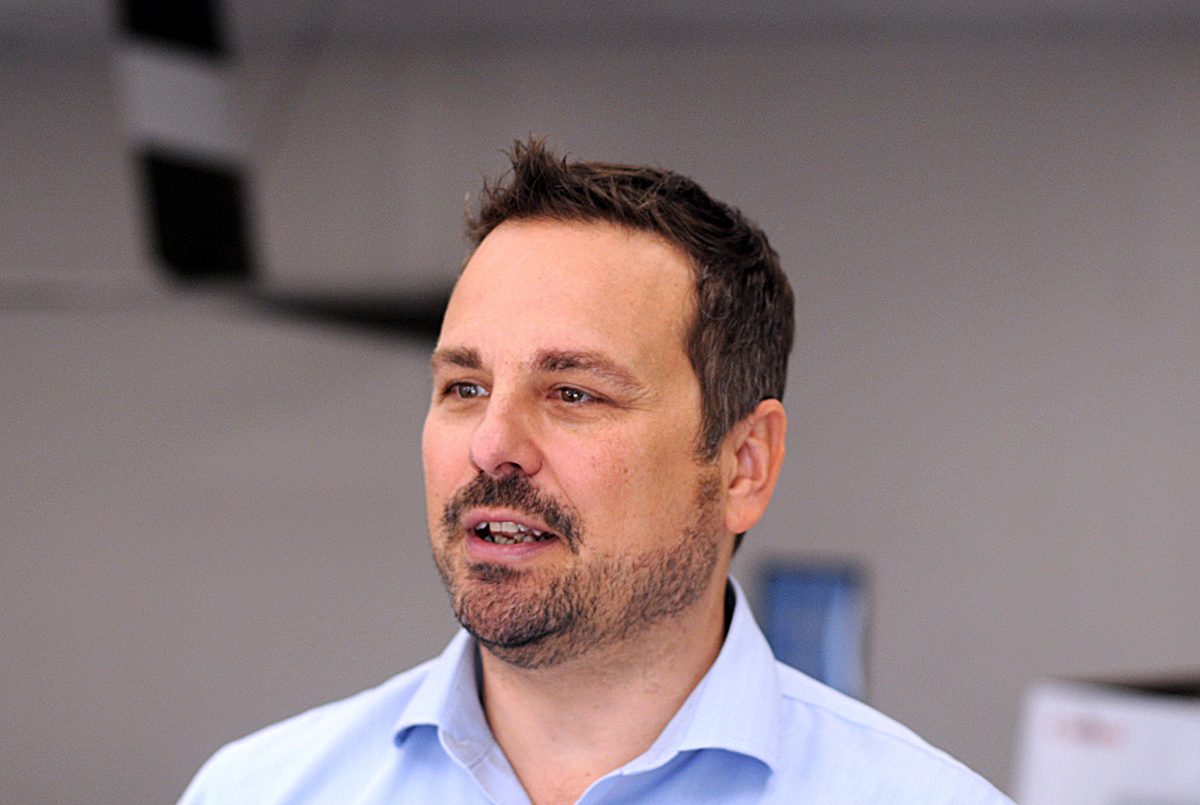
Tiny windmills
Windlift Chief Operating Officer Sean Meyer stands in a large room in the company’s headquarters at one end of a sprawling, strip-mall-esque brick building that sits off a quiet, two-lane road lined by more woods than buildings in Durham.
“As we build more of them we get better at it,” Meyer said, gazing at what looks like a large foam toy airplane glider.
The solid black craft is an airborne power generator, or APG, prototype the small staff here have dubbed “Frank” short for Frankenstein.
The APG stands nose up, secured by a series of cables to keep it from making any sudden, unplanned maneuvers during test hovers.
Frank has a custom-designed wing made to give the craft as much lift as possible.
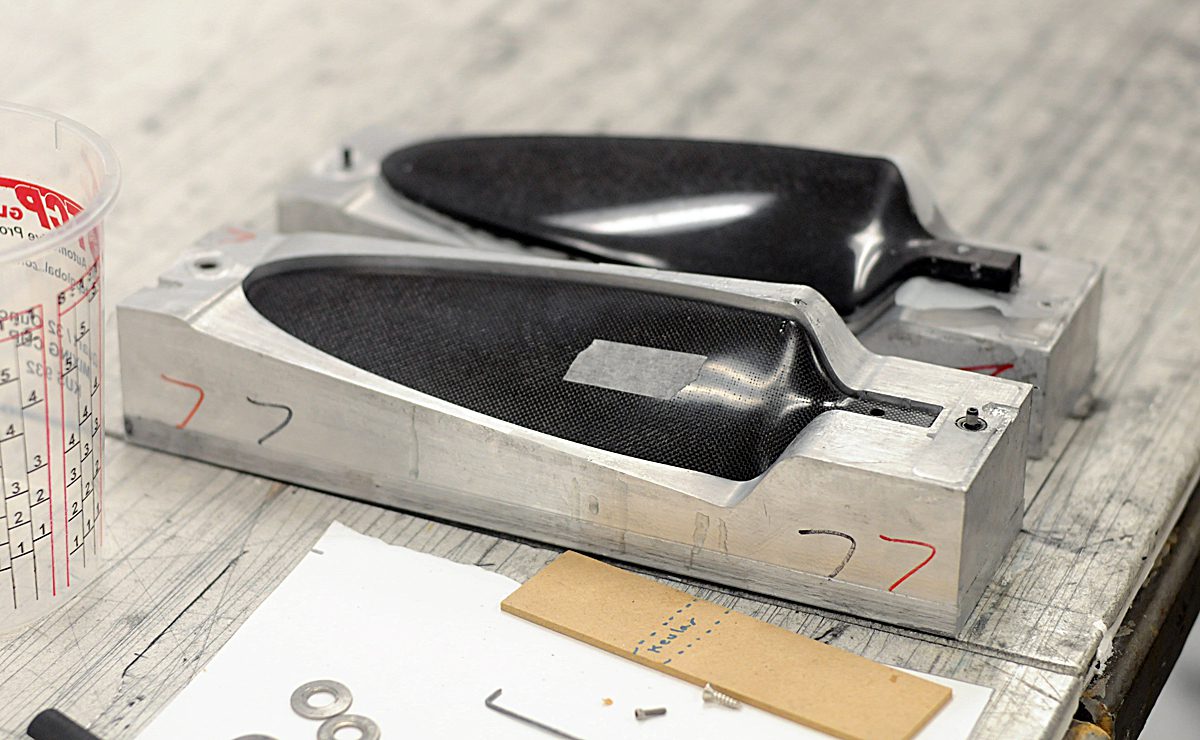
The APG has four small rotors, two each on its wings, which lift the craft off the ground vertically and fly it to above 200 feet.
What makes Windlift’s autonomous tethered drone a first-of-its-kind is how the rotors function once the APG is airborne.
Unlike other airborne wind energy craft where the force of the drone pulling out the cable is converted to electricity on the ground, each rotor in Windlift’s APGs act like tiny windmills, harnessing wind power and sending that electricity down the tether, which is attached to an anchor on the ground or a floating perch in the ocean.
Flight control software ensures the APG continually follows a tidy figure-eight flight path.
Flying them back and forth across the wind generates considerably more power than flying in one spot, a method proven by California-based researcher Miles Loyd, whose Crosswind Kite Power article was published in 1980 in the Journal of Energy.
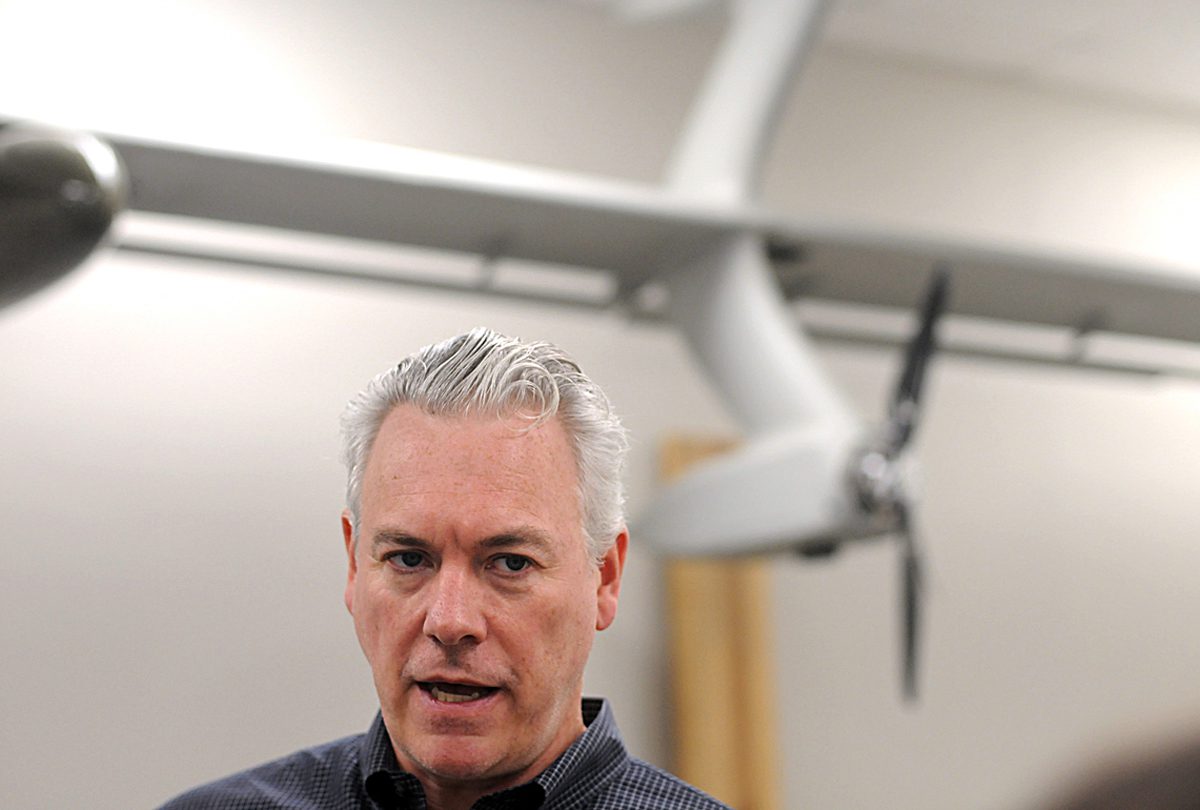
The evolution of a biologist
It’s safe to say that Creighton’s path to founding an aerospace engineering company had a few more twists and turns.
His love of the outdoors sparked his desire to learn more about ecology and genetics, a curiosity that landed him in the halls of the University of Wisconsin-Madison, a major research institution.
After earning a degree in genetics, Creighton stayed at the university as a biologist working on the Human Genome Project, an international scientific endeavor that generated the first sequence of the human genome.
This was the start of his passion for working in the natural world, one climate scientists were already beginning to warn was being affected by a changing climate.
“I got really worried as I started to learn about climate change,” Creighton said. “I thought, ‘This is going to be the major problem of our time.’ Climate change is going to fundamentally change the places that I love.”
For the record, Creighton did not fully commit to Windlift until he read Loyd’s paper.
“I thought, let’s build a company around this,” he said.
Warmer temperatures and a job offer to his former spouse led the then-couple to move south in 2008.
Creighton would later reach out to Meyer – they’ve known each other since eighth grade – and convinced him to leave Napa, California, to take on the role as chief operating officer in 2021. Meyer’s path to airborne wind energy was about as unconventional as Creighton’s. He co-founded a brewery and winery, was a sommelier, wine experience consultant, and estate director.
By fall 2021, Creighton had scaled up from a handful of equity-compensated, full-time employees to 18 full-time, salaried employees. The company seeks to fill several more positions, predominately engineering jobs.
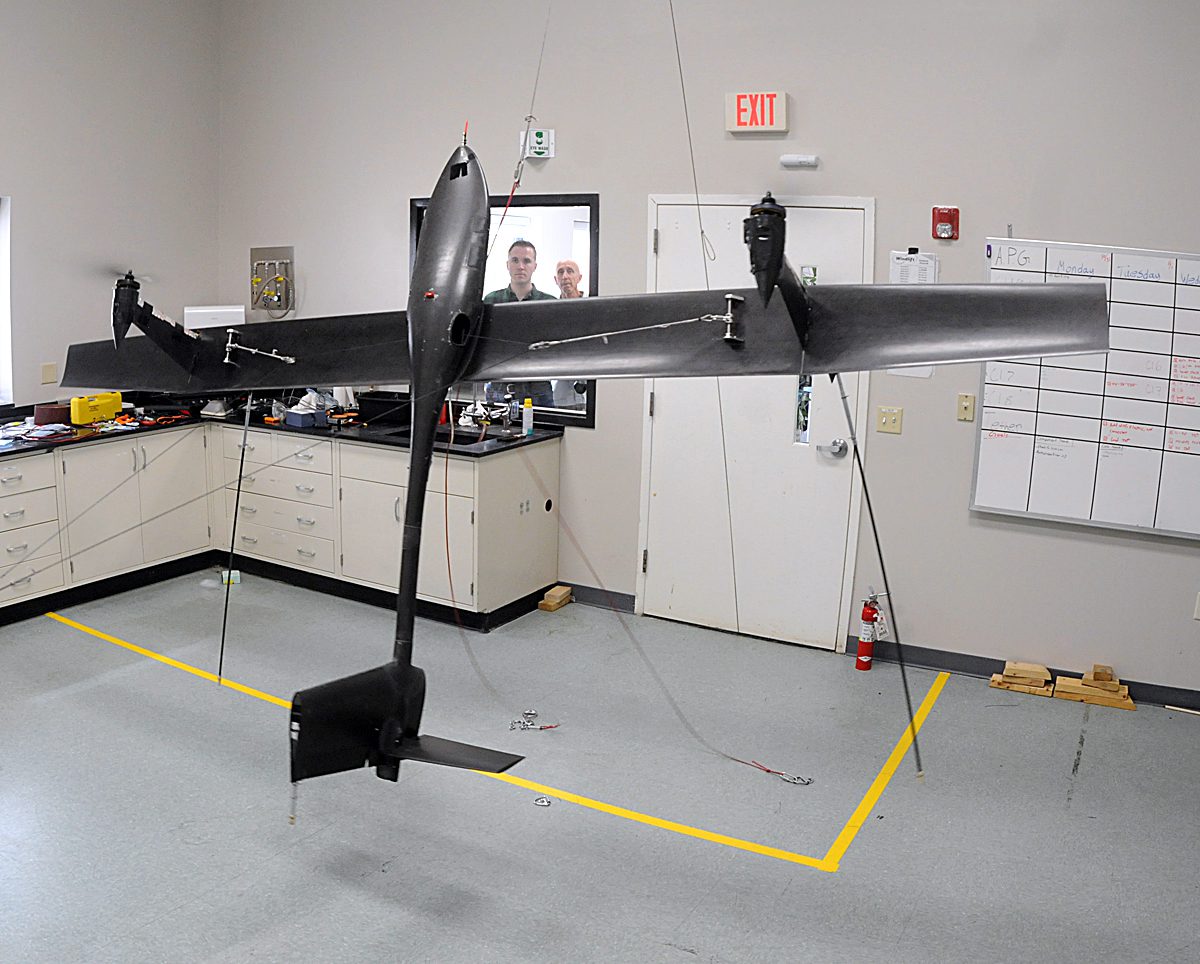
List of possibilities
The government has already taken an interest in what Windlift has to offer and how APGs might be used to enhance military operations.
Windlift has a five-year, $30 million, Phase III Small Business Innovation Research contract with the Naval Research Laboratory, a Washington-based lab where scientists and engineers research and develop cutting-edge technology to advance Navy and Marine Corps operations.
A little more than $11 million of that grant is footing the bill for the company to refine its prototype and showcase its technology to the Department of Defense.
What makes Windlift’s APGs particularly appealing is their versatility.
The APGs are made of carbon fiber, a material that is five times stronger than steel, yet exceptionally lighter, making them easy to transport from ship to shore and across land to remote areas where there is not a power grid connection. Think back to the lead-up to the Iraq war when U.S. ground troops lived for weeks in temporary tent cities in the Kuwaiti desert.
APGs can, in theory, fly for long periods of time, Creighton said. Maintenance would be minimal. The bearings would eventually need replacing.
Operating them will be a snap. The craft can lift off, fly and return to their anchors with the push of a button.
The craft can be customized by size and could be outfitted with certain technology like radio repeaters, an interest of the Coast Guard.
“At this stage we’re just full of possibilities,” Meyer said.
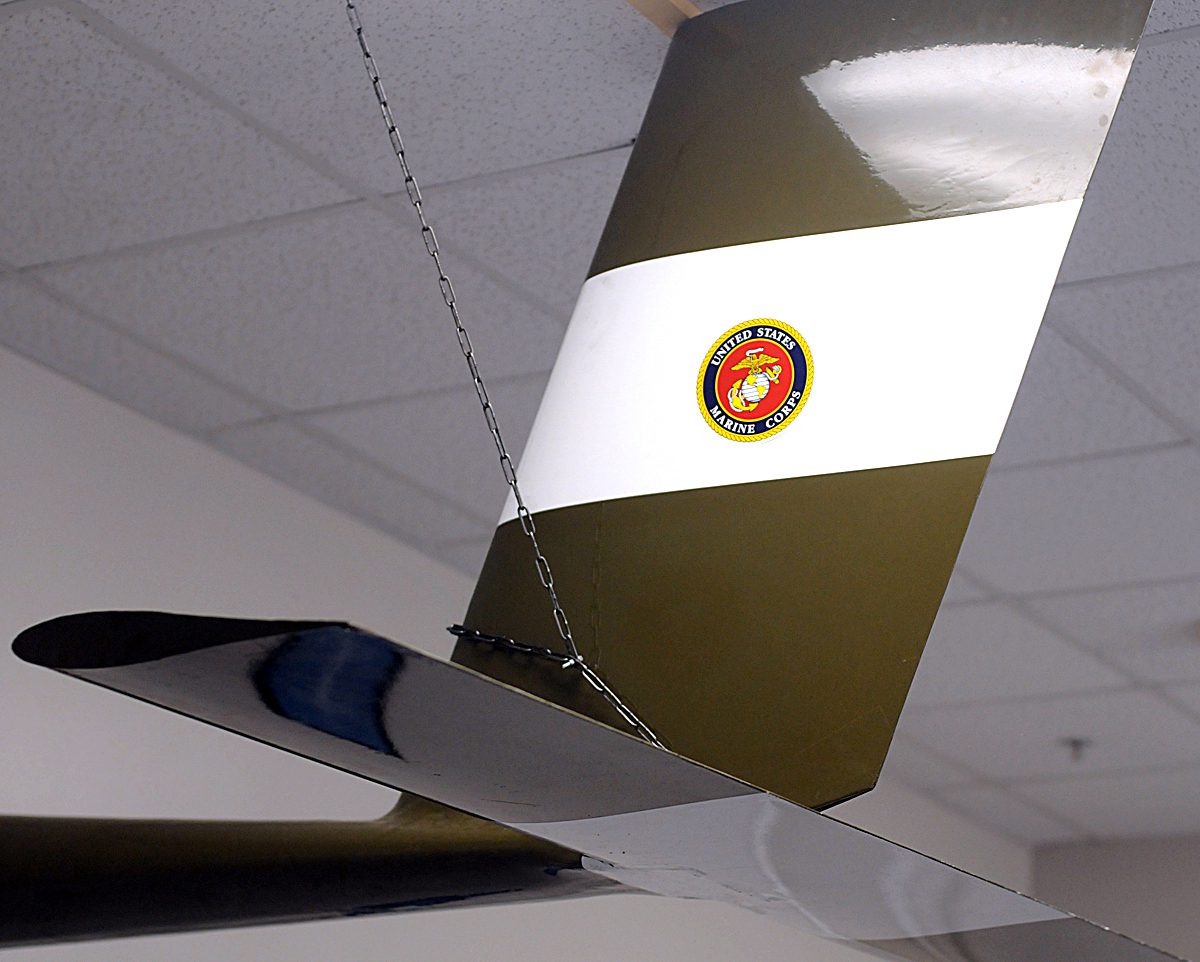
Out to sea
It’s only been about nine months since the company started exploring the possibility of operating offshore, engaging in early conversations with markets overseas where offshore wind energy is years ahead of the U.S.
Large-scale offshore wind energy production is still in its infancy here in America, where there is little to no infrastructure to support building in the wind energy areas that have in recent years been mapped out and leased to energy companies.
Creighton, who spoke as a panelist last month at the Ocean Innovation Conference hosted by the University of North Carolina Wilmington’s Center for Innovation and Entrepreneurship, believes Windlift can solve some of the challenges of offshore wind operations.
Kilowatt for kilowatt, Windlift’s APGs use 95% less materials than traditional wind turbines, meaning its cheaper to make than wind turbines.
“Even outside of climate change we’re still going to make electricity a lot cheaper,” Creighton said.
Airborne wind generators can more affordably be located further offshore in deeper waters because they can be connected to a floating base as opposed to a wind turbine mounted to a monopole driven in the sea bed.
Plans are in the works to test an APG offshore at Frying Pan Tower off the southern North Carolina coast. When that may be is still up in the air.
The company hopes to reach utility-scale operability within the next several years.



